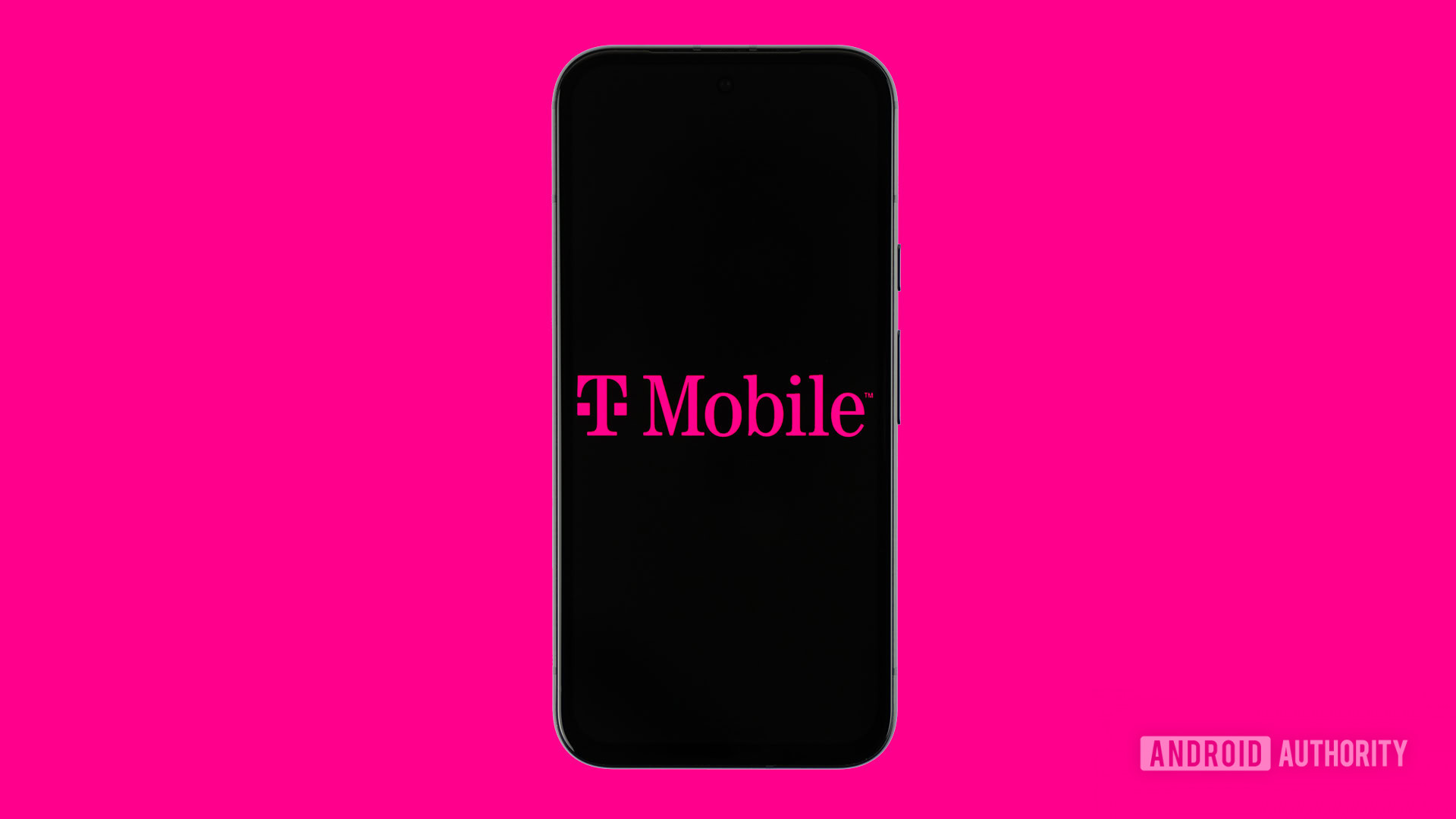Polaroid’s (3.1-inch square) picture format is the reason to choose its cameras over Fujifilm Instax. And while it’s a logical paradox, Polaroid’s film is also the reason to avoid the brand and go with a Fuji instant camera instead. Fujifilm’s materials tend to produce accurate, consistent color from image to image, while Polaroid’s color I-Type film shows browner tones, is prone to color shift when used in cold or hot environments, and must be shielded from light as it starts to develop. The Flip and other new Polaroid cameras include an opaque plastic film that covers pictures as they eject.
(Credit: Jim Fisher)
You may remember having to take special care with Polaroid film back in the day. For instance, the film should be stored in a fridge to preserve its developing chemicals, but never frozen as that can damage them. For more on proper film use and storage, check out Polaroid’s tips.
Blocking film from light is a newer development, but a fact of life with color I-Type film. Polaroid had to completely reinvent the chemistry when it restarted production under the Impossible Project banner more than a decade ago (for more, read my report from Photokina 2014). To be fair, Polaroid’s color film is far better today than when the Impossible Project began its efforts to bring the film back from the dead, but I’ll still qualify color I-Type as tricky to use. Romantics embrace its je ne sais quoi, while pragmatists can stick with ever-reliable Instax.

(Credit: Jim Fisher)
Photogs who lean into the artistic side of the craft may be willing to forgive, or perhaps even embrace, the film’s technical flaws. There’s always a chance for serendipity to strike and create a beautiful image. And while I’ve been consistent in my criticism of color I-Type over the years, Polaroid’s black-and-white film is by far my favorite instant stock around. My eye is drawn to its strong contrast and rich, deep black tones more than the grayer mid-tones captured by Fujifilm Instax Monochrome film, though I’ll admit that it’s a matter of taste.
Black-and-white I-Type film costs the same as color: $17.99 per pack of eight pictures, with discounted rates available for bulk purchases. At around $2 per exposure, the film is the most expensive of modern formats; Instax Mini costs around $0.80 per frame, Instax Square comes in around $1.25, and Instax Wide is around $1. Fujifilm charges a slight premium for monochrome film, between $1 to $1.50 per frame, depending on format.

(Credit: Jim Fisher)
None are available at press time, but Polaroid makes one more appeal to the art school crowd: limited edition films. Over the years, it has released several duochromes (tinted editions of black-and-white), films with round or decorative plastic borders, and most recently, a line of Reclaimed film in blue or green tint that was born out of an accident. I didn’t get a chance to try any Reclaimed Blue, but I got great results when I tried the limited edition Black and Green duochrome film a few years ago.
I was out of Black and Green film by the time the Flip arrived for review, but I found a pack of long-expired (2015) Black and Orange film in my fridge. I know it had not been stored properly for a long time, so most of the frames didn’t turn out at all, but I got two or three good images out of the pack. To be fair, I wasn’t expecting anything out of such an old, poorly stored pack of film, but it was still fun to try.

(Credit: Jim Fisher)
The Flip uses sonar for autofocus, a technology it brings back from ’80s cameras. Sonar uses sound to focus, so it works with any sort of light and always finds the nearest subject. The sonar device is right next to the lens, and delivered mostly accurate results in testing. You do need to be careful with glass; while most autofocus systems can see through transparent surfaces, sonar does not and will focus on the surface of a window. Even with that restriction, autofocus proves more reliable than the Now+, especially at closer distances. Just remember that it can’t focus any closer than 15.8 inches (0.4m).
I mentioned the four-zone focus system earlier. It provides more precise focus than the two-zone system used by the Now+, which translates to sharper, better-focused pictures in practice. The camera also takes the focus distance into account when deciding how brightly to fire its flash, so it’s not prone to overexposing pictures. Together, this makes for a better keeper rate than the Now+. Given the $2 per image cost, the Flip’s better imaging tech pays for itself over time.

(Credit: Jim Fisher)
One note: At press time, there are no lens filters available for the Flip. The Now+ works with a set of slip-on creative filters, and the I-2 has a 49mm accessory thread around the lens. The I-2 also works with external flashes, while you are restricted to using the built-in flash with the Flip.










